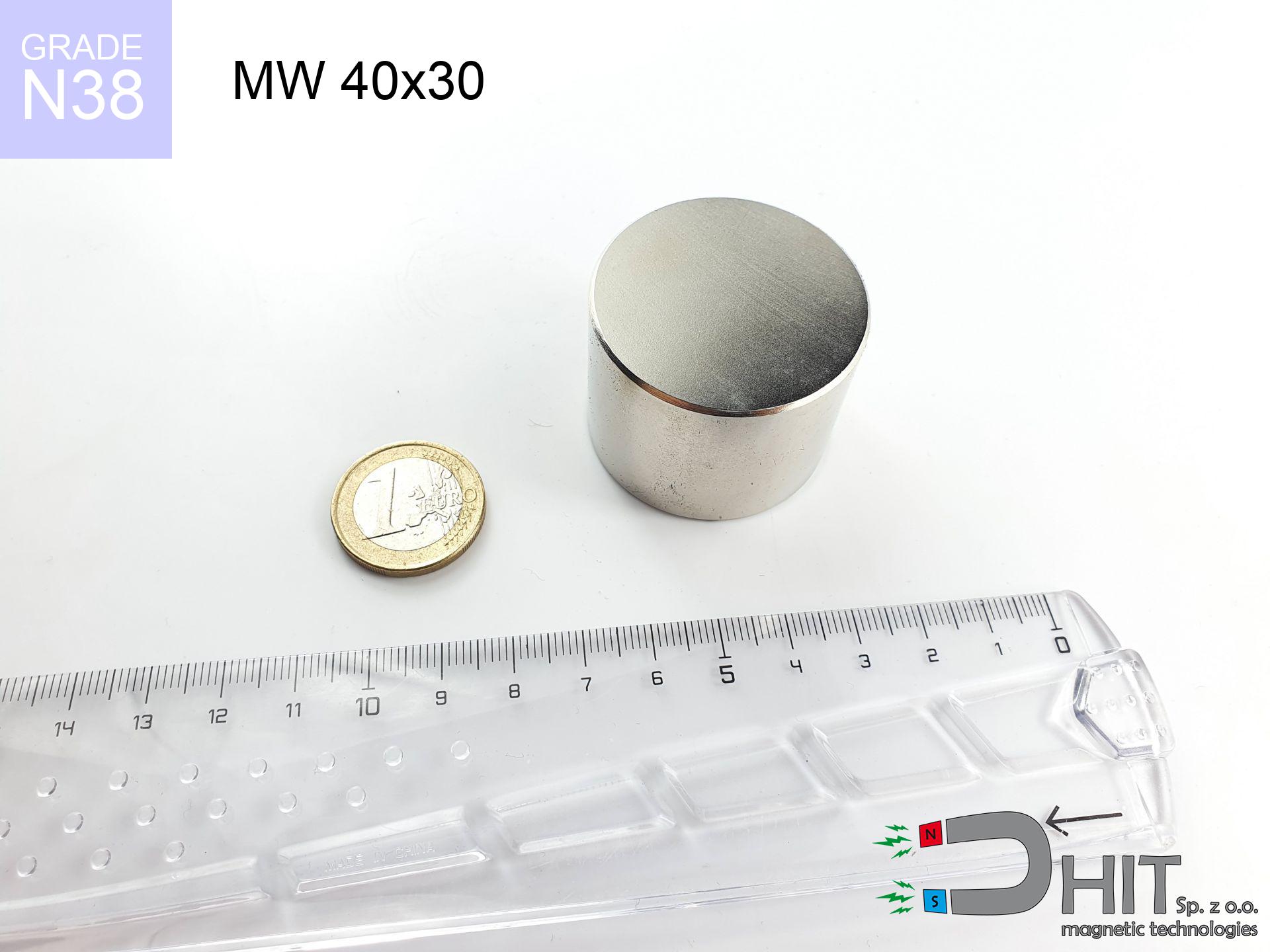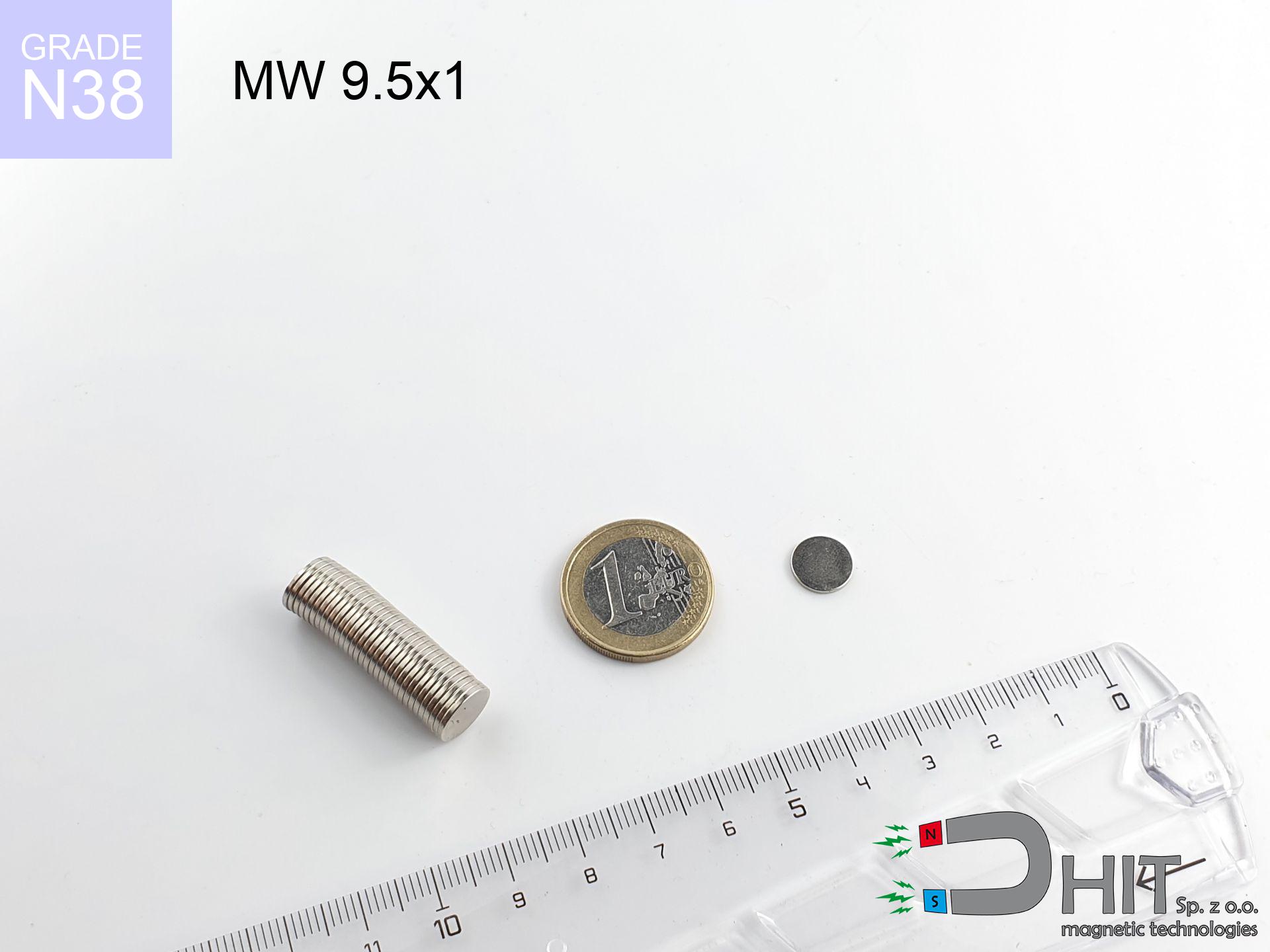UMH 75x18x68 [M8] / N38
magnetic holder with hook
catalog number 310432
GTIN: 5906301814610
diameter Ø
75
mm [±0,1 mm]
height
18
mm [±0,1 mm]
height with hook
68
mm [±0,1 mm]
magnetizing direction
↑ axial
capacity ~
162.00 kg / 1588.68 N
max. temperature
≤ 80
°C
catalog number 310432
GTIN: 5906301814610
diameter Ø
75 mm [±0,1 mm]
height
18 mm [±0,1 mm]
height with hook
68 mm [±0,1 mm]
magnetizing direction
↑ axial
capacity ~
162.00 kg / 1588.68 N
max. temperature
≤ 80 °C
202.95 ZŁ gross price (including VAT) / pcs +
165.00 ZŁ net price + 23% VAT / pcs
bulk discounts:
need more quantity?Want a better price?
Call us tel: +48 888 99 98 98 or get in touch via contact form on the contact page. You can check the lifting capacity as well as the appearance of neodymium magnets in our force calculator force calculator
Orders placed by 2:00 PM will be shipped on the same business day.
Specification: magnetic holder with hook 75x18x68 [M8] / N38 ↑ axial
Magnetic properties of the material N38
Physical properties of sintered neodymium magnets Nd2Fe14B
Choose recommended products
Advantages as well as disadvantages of neodymium magnets NdFeB.
Apart from immense strength, neodymium magnets have the following advantages:
- They do not lose power over time. After approximately 10 years, their power decreases by only ~1% (theoretically),
- They are highly resistant to demagnetization by external magnetic sources,
- In other words, thanks to the shiny nickel, gold, or silver finish, the element gains an visually attractive appearance,
- They possess very high magnetic induction on the surface of the magnet,
- Thanks to their high temperature resistance, they can operate (depending on the form) even at temperatures up to 230°C and above...
- The ability for precise shaping and customization to specific needs – neodymium magnets can be produced in various forms and dimensions, which amplifies their universality in usage.
- Key role in advanced technologically fields – find application in HDD drives, electric motors, medical equipment and very highly developed apparatuses.
Disadvantages of neodymium magnets:
- They are fragile when subjected to a powerful impact. If the magnets are exposed to impacts, we recommend using magnets in a steel housing. The steel housing in the form of a holder protects the magnet from impacts, and at the same time increases its overall strength,
- They lose strength at high temperatures. Most neodymium magnets experience permanent loss of strength when heated above 80°C (depending on the form and height). However, we also offer special magnets with high temperature resistance, up to 230°C,
- Magnets exposed to a humid environment can corrode. Therefore, when using them outdoors, we recommend using waterproof magnets made of rubber, plastic, or other moisture-resistant materials,
- Limited ability to create threads or complex shapes in the magnet - the use of a housing is recommended - magnetic holder
- Health risk arising from small pieces of magnets can be dangerous, if swallowed, which is crucial in the context of child safety. Furthermore, miniscule components of these magnets are able to be problematic in medical diagnosis in case of swallowing.
Precautions with Neodymium Magnets
Neodymium magnets are the most powerful magnets ever created, and their strength can shock you.
Please review the information on how to handle neodymium magnets and avoid significant harm to your body, as well as prevent unintentional disruption to the magnets.
Avoid contact with neodymium magnets if you have a nickel allergy.
Studies clearly indicate a small percentage of people who suffer from metal allergies such as nickel. An allergic reaction often manifests as skin redness and rash. If you have a nickel allergy, you can try wearing gloves or simply avoid direct contact with nickel-plated neodymium magnets.
Dust and powder from neodymium magnets are flammable.
Avoid drilling or mechanical processing of neodymium magnets. Once crushed into fine powder or dust, this material becomes highly flammable.
It is crucial not to allow the magnets to pinch together uncontrollably or place your fingers in their path as they attract to each other.
Magnets will attract each other within a distance of several to about 10 cm from each other. Remember not to insert fingers between magnets or in their path when they attract. Magnets, depending on their size, are able even cut off a finger or there can be a severe pressure or even a fracture.
Neodymium magnets should not be near people with pacemakers.
In the case of neodymium magnets, there is a strong magnetic field. As a result, it interferes with the operation of a heart pacemaker. Even if the magnetic field does not affect the device, it can damage its components or deactivate the entire device.
Never bring neodymium magnets close to a phone and GPS.
Neodymium magnets are a source of intense magnetic fields that cause interference with magnetometers and compasses used in navigation, as well as internal compasses of smartphones and GPS devices.
Magnets made of neodymium are highly susceptible to damage, leading to their cracking.
In the event of a collision between two neodymium magnets, it can result in them getting chipped. They are coated with a shiny nickel plating similar to steel, but they are not as hard. In the case of a collision between two magnets, there can be a scattering of small sharp metal fragments in different directions. Protecting your eyes is essential.
Keep neodymium magnets away from TV, wallet, and computer HDD.
Magnetic fields generated by neodymium magnets can damage magnetic storage media such as floppy disks, credit cards, magnetic ID cards, cassette tapes, video tapes, or other similar devices. In addition, they can damage televisions, VCRs, computer monitors, and CRT displays. You should especially avoid placing neodymium magnets near electronic devices.
Neodymium magnets can become demagnetized at high temperatures.
Although magnets have demonstrated their effectiveness up to 80°C or 175°F, the temperature can vary depending on the type, shape, and intended use of the specific magnet.
Magnets should not be treated as toys. Therefore, it is not recommended for children to have access to them.
Neodymium magnets are not toys. You cannot allow them to become toys for children. In such a situation, surgery is necessary to remove them. In the worst case scenario, it can result in death.
Please see the article - What danger lies in neodymium magnets? You will learn how to handle them properly.

![UMH 75x18x68 [M8] / N38 UMH 75x18x68 [M8] / N38](https://cdn3.dhit.pl/graphics/products/umh-75x18x68-m8-wag.jpg)
![UMH 75x18x68 [M8] / N38 UMH 75x18x68 [M8] / N38](https://cdn3.dhit.pl/graphics/products/umh-75x18x68-m8-jow.jpg)


![rubber magnetic holder external thread 34x6 [M4] GZ / N38 rubber magnetic holder external thread 34x6 [M4] GZ / N38](https://cdn3.dhit.pl/graphics/products/umg-34x6-m4-gz-rad.jpg)


